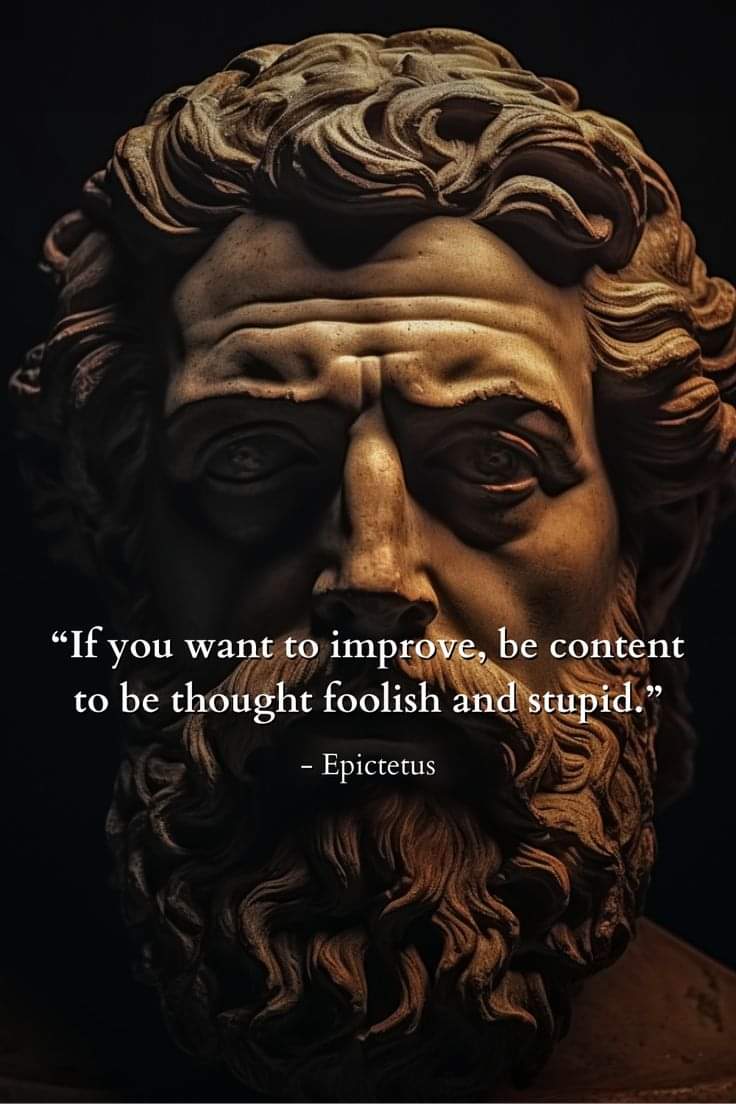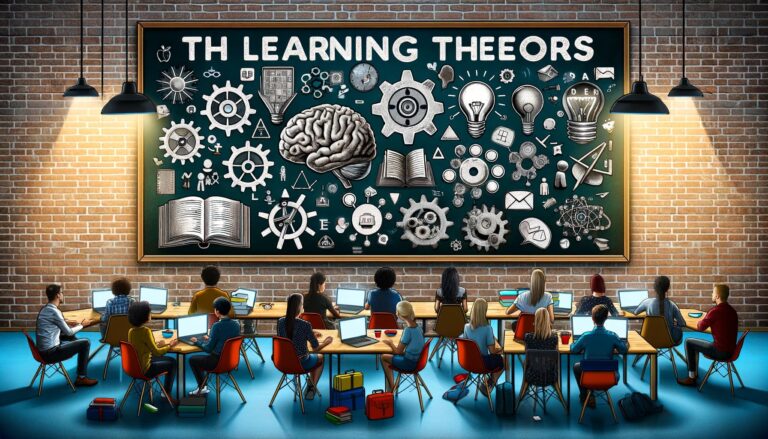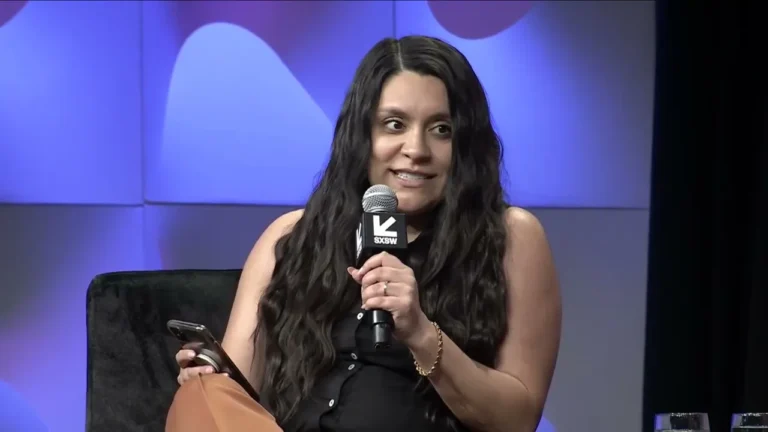Postmodern YouTube Cooking Videos
Welcome to the world of postmodern YouTube cooking videos, where the line between reality and performance is blurred, and nothing is taken at face value. These aren’t just demonstrations; they’re artistic performances blending reality with fiction, comedy, drama, and a critique of societal norms, all cooked up in one delicious dish.
The first thing you notice about these videos is that they don’t follow the traditional format. There’s no step-by-step guide, no clear instructions, and often, no clear outcome. Instead, what you get is a narrative—a story that unfolds as the ingredients are mixed and the dish is prepared. The cooking process becomes a metaphor for something larger, something more profound.
Take, for example, a video where the host starts by chopping onions while discussing the existential dread of modern life. As the tears flow from the onions, they segue into a monologue about the futility of human existence. It’s both absurd and deeply moving. The cooking becomes secondary to the performance, a backdrop to the real content: the exploration of ideas.
These videos often employ humor, but it’s not the kind of humor you’d find in a traditional cooking show. It’s more like the humor you’d find in a piece of performance art. It’s self-referential, ironic, and often dark. The host might burn the dish on purpose, only to laugh it off and say, “Well, that’s life, isn’t it?” It’s a way of acknowledging the imperfections and unpredictability of both cooking and life.
Another hallmark of these videos is their use of visual and auditory elements to create a specific mood or atmosphere. The lighting might be dim and moody, the music haunting and melancholic. The camera angles are often unconventional, focusing on seemingly insignificant details like the steam rising from a pot or the texture of a piece of bread. These elements work together to create an immersive experience that draws you in and makes you think.
But perhaps the most intriguing aspect of these videos is their critique of societal norms. Traditional cooking shows often promote an idealized version of domestic life—perfectly clean kitchens, perfectly prepared dishes, perfectly happy hosts. Postmodern YouTube cooking videos turn this ideal on its head. The kitchens are messy, the dishes imperfect, the hosts flawed and human. It’s a way of saying that life isn’t perfect, and that’s okay.
In a world where we’re constantly bombarded with images of perfection—perfect bodies, perfect homes, perfect lives—these videos offer a refreshing dose of reality. They remind us that it’s okay to be imperfect, to make mistakes, to laugh at ourselves. They challenge us to question the societal norms that dictate how we should live our lives and to embrace our own unique, messy, imperfect selves.
So next time you’re looking for a recipe online, consider watching one of these postmodern YouTube cooking videos. You might not learn how to make the perfect soufflé, but you might just learn something more valuable: how to embrace the chaos and imperfection of life with humor and grace.






